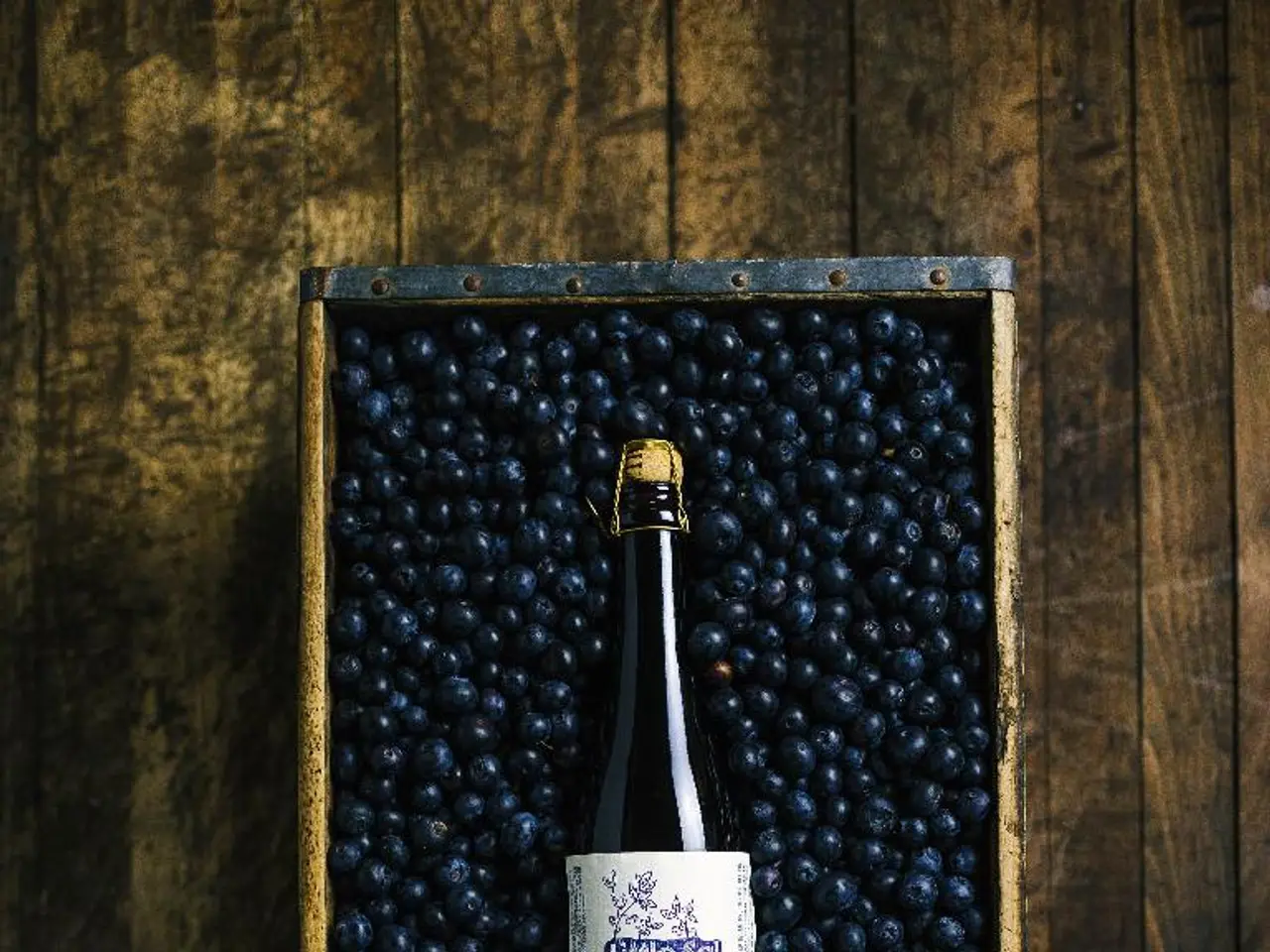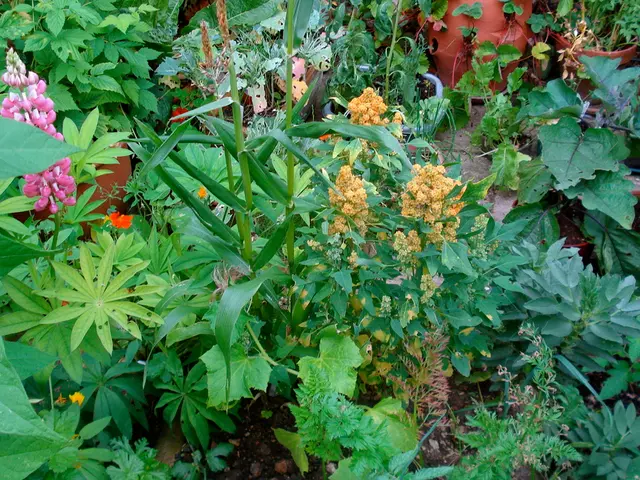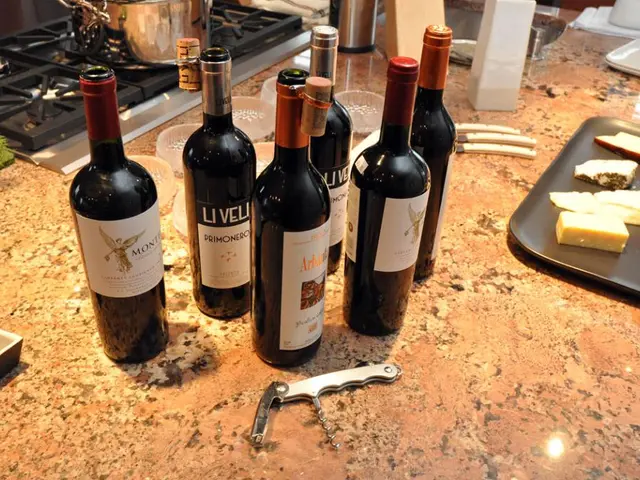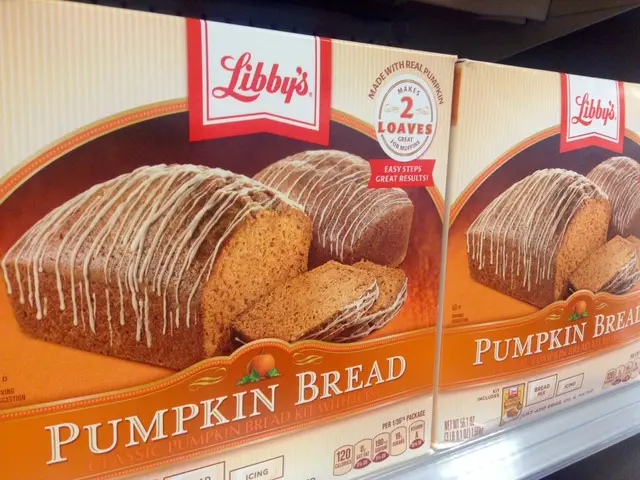Harvest Freezing Guide: Top 10 Strategies for Ice Preservation of Summer Produce
Freezing Fruits and Vegetables for Long-Term Storage
In an effort to enjoy home-grown produce all year round, the BZfE recommends freezing fruits and vegetables "from season to season" until the next harvest time. However, it's essential to follow some key steps to maintain freshness and nutritional value.
Blanching Vegetables Before Freezing
Blanching is a crucial step in preserving the color, vitamins, and bite of vegetables when frozen. This process involves boiling vegetables briefly (for 2-5 minutes depending on the type) and then cooling them quickly in an ice-water bath. Examples of blanching times for common vegetables include 3 minutes for broccoli, 2 minutes for carrots, and 3 minutes for green beans. After blanching and cooling, it's important to dry the vegetables thoroughly before freezing to prevent ice crystals and freezer burn.
Freezing Berries Individually
To avoid clumping, spread washed and dried berries in a single layer on a baking sheet or tray and freeze until solid. Once frozen, transfer them into airtight containers or freezer bags. This technique keeps them separate and easier to use later. Sensitive berry fruits should be frozen individually on a tray with space between them before being packed into suitable containers.
Freezing Herbs in Ice Cube Trays
Herbs like basil can be frozen in ice cube trays to prevent blackening and mushiness. Chop the herbs finely, remove any wilted or dry leaves, and combine them with olive oil or water. Freeze the mixture in ice cube trays, and when frozen, transfer the cubes into freezer bags. Basil freezes best when blended into pesto with olive oil, then portioned into cubes for easy use later. Other herbs like dill, tarragon, chervil, coriander, oregano, parsley, rosemary, sage, and chives also freeze well using this method.
Avoiding Air Pockets in Packaging
To reduce oxidation and freezer burn, use airtight containers or freezer bags and remove as much air as possible. Vacuum sealing is ideal. Pack in small portions suited to future use to minimize thaw-refreeze damage.
Additional Tips
- Freeze produce as soon as possible after harvest at peak ripeness to retain the best flavor and nutrients.
- Freeze in a single layer initially to enable faster freezing and smaller ice crystals, which preserves cell structure and texture.
- Freeze food in small portions rather than large quantities for easy division.
- Label berries, fruits, and vegetables with contents, quantity, and date when frozen to keep an overview.
- Place fresh products at the back and older ones at the front to avoid "freezer burn".
- Only packaging marked with a snowflake symbol is suitable for freezing.
By carefully blanching vegetables, freezing fruits individually, preserving delicate herbs in oil-infused cubes, and tightly packaging produce, you can maximize freshness and nutritional value for long-term frozen storage. The "Öko-Test" also recommends freezing freshly harvested herbs using the ice cube trick.








